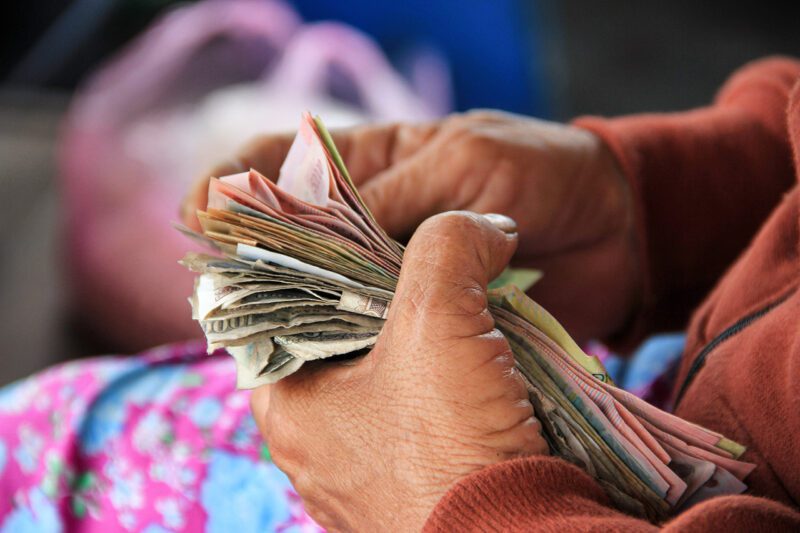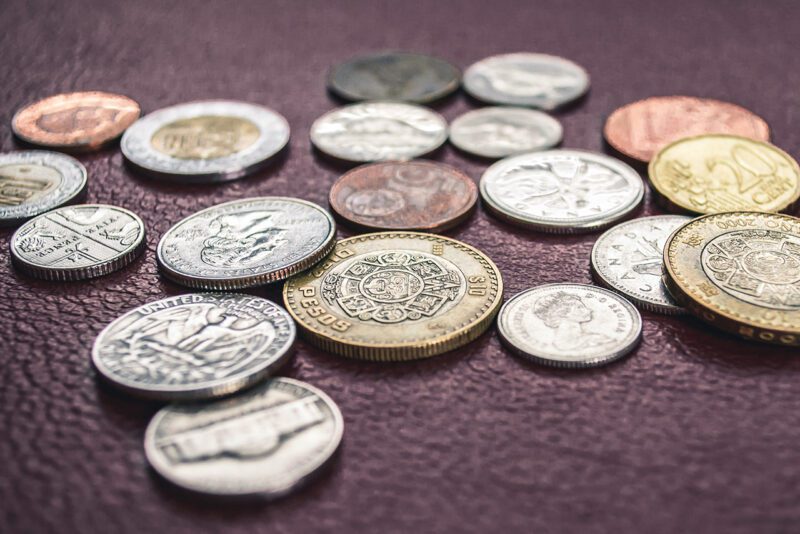Sovereign Seeds: Reclaiming MENA’s Agricultural Future
Reviving local food systems and unlocking rural prosperity
How migrant contributions are redefining development finance

In the landscape of global development finance, remittances — financial transfers sent by migrants to their families and communities in their home countries — continue to grow stronger under the radar of international headlines, which often feature aid programs and philanthropic initiatives. In 2023, remittance flows to low- and middle-income countries reached $656 billion, a number that dwarfs other forms of development assistance and challenges existing Global North narratives around how development is financed.
Additionally, this isn’t about scale alone. Remittances lead the way in a fundamental shift in how resources flow to developing nations. Unlike traditional aid, which most often moves through institutional channels with specific conditions and objectives, remittances flow directly to families and communities, offering flexibility and immediacy that traditional development finance cannot.
During the COVID-19 pandemic, when other forms of international finance contracted, remittances remained stable and even grew in many regions. This counter-cyclical nature makes them particularly valuable as a development tool, providing support precisely when communities need it most. Remittances are expected to grow manifold in the next decade and are more than just financial transfers — they represent a sophisticated form of development finance with unique characteristics:
For many countries like Tajikistan (48% of GDP), Tonga (41%), and Samoa (32%), these flows have become crucial to economic stability. Remittances form the backbone of the national economy. Even in larger economies, their impact is profound, supporting education, healthcare, housing, and small business development.

India has been the largest recipient of remittances since 2008 and received $125 Billion in 2023. Mexico follows in second place, with about half the amount at $67 Billion in 2023. While remittances support widespread household needs, philanthropic funding tends to focus on specific initiatives like:
All remittances are not created equal. The Indus Valley Report 2024 talks about two types of migrant contributors In India:
This dual nature of migration is reflected globally, where remittances serve both as survival mechanism and development catalyst.
A critical issue facing remittance flows is the high cost of transfers. The global average cost of sending $200 remains at 6.4%, more than double the Sustainable Development Goal target of 3%. Digital transfers have helped reduce costs to around 5%, compared to non-digital transfers at 7%, but more progress is needed.

Mexico’s 3×1 Program (“Programa 3×1 para migrantes”) sets an example of how governments and private philanthropy can work with diaspora communities and bolster the trust-based nature of remittance flows.
Remittances represent a sophisticated form of development finance with unique characteristics.
For every dollar invested by Mexican migrants in their hometown community projects, federal, state and local governments together contribute three dollars. The 3×1 Program represents a crucial evolution in development finance — one that respects and amplifies existing remittance flows instead of trying to redirect or control them. By supporting migrant leadership in project selection and implementation while providing institutional support, the program preserves the trust-based nature of remittances while adding the scale advantages of government participation. This initiative illustrates how philanthropy might want to engage with remittance flows — not by imposing conditions or creating parallel systems, but by finding ways to amplify community-led development efforts. The success of Mexico’s approach shows the way forward for development finance in finding innovative ways to combine their respective strengths.
This flexibility in use, combined with the regular nature of flows, helps create a foundation for sustainable development that institutional philanthropy could learn from and support. The steep gap between remittances and traditional philanthropy shows a fundamental difference in approaches to development finance. While migrants send nearly 15% of their earnings as remittances, traditional philanthropy often operates through complex monitoring mechanisms and restricted funding models. This trust gap isn’t just philosophical — it has practical implications for how effectively money reaches and serves communities.

In contract to remittances amounting to $656 billion in 2023, private philanthropy for development totaled just $42 billion from 2016-2019. While the volume must be improved too — the gap reflects fundamental differences in how development support reaches communities. Only a small percentage of philanthropic donations are non-earmarked, and the majority of funds flow to upper middle-income countries rather than where need might be greatest. Meanwhile, remittances demonstrate remarkable efficiency in reaching underserved communities, with funds flowing directly to families and local projects.
The post-pandemic evolution of philanthropy, with its movement toward more flexible funding mechanisms and trust-based giving approaches, suggests the sector is beginning to learn from remittance patterns. For philanthropy to remain relevant in development finance, it must address its structural challenges. The sector’s move toward blended finance models, impact loans, and collective giving circles is promising, but these innovations must be matched with the trust and efficiency that make remittances so effective. The growing influence of philanthropic efforts in Asia and the Gulf region, areas with strong remittance histories, may help bridge this gap.
The path forward requires philanthropy to retain its strategic advantages — like the ability to pool resources for large-scale initiatives — while learning from remittances’ efficiency and trust-based approach. This isn’t just about improving existing models; it’s about fundamentally rethinking how development finance can work in an increasingly connected world.
Related Content
Comments
Deep Dives

Featuring
Clarisse Awamengwi
IE Correspondent
July 17 - 12:00 PM EST

Featuring
Russell McLeod
July 24 - 12:00 PM EST
RECENT
Editor's Picks
Webinars
News & Events
Subscribe to our newsletter to receive updates about new Magazine content and upcoming webinars, deep dives, and events.
Become a Premium Member to access the full library of webinars and deep dives, exclusive membership portal, member directory, message board, and curated live chats.
At Impact Entrepreneur, we champion fearless, independent journalism and education, spotlighting the inspiring changemakers building the Impact Economy. Diversity, equity, sustainability, and democracy face unprecedented threats from misinformation, powerful interests, and systemic inequities.
We believe a sustainable and equitable future is possible—but we can't achieve it without your help. Our independent voice depends entirely on support from changemakers like you.
Please step up today. Your donation—no matter the size—ensures we continue delivering impactful journalism and education that push boundaries and hold power accountable.
Join us in protecting what truly matters. It only takes a minute to make a real difference.
0 Comments